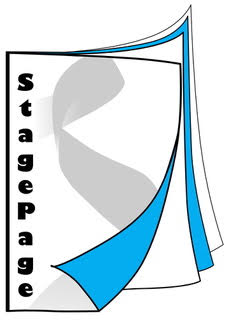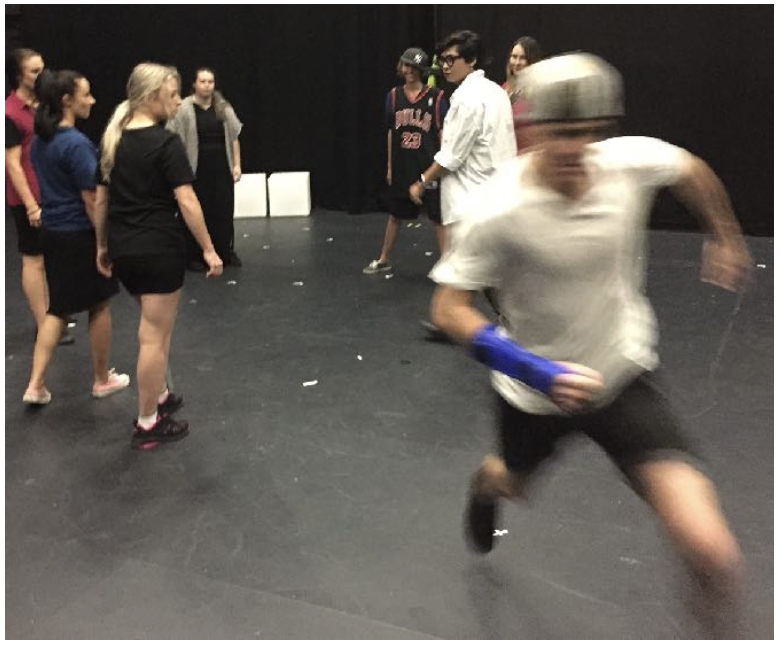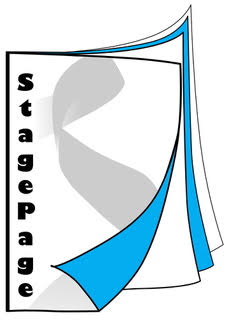Media Term Thursday #32
/Nickelodeon
One of the first cinemas opening in 1905 in Pittsburgh, USA by Harry Davis. It was a makeshift establishment and charged patrons a nickel (hence the name) to see a short, single reel film combined with a vaudeville act. Ninety-six people crammed into a storefront on wooden chairs.
Soon there were hundreds of Nickelodeon’s around the country and foreshadowed the mass viewing and money making potential of cinema. A cable television network that screens programs primarily for children and teenagers. This channel started in the US but now has channels in several countries. This was the first cable channel in the world to devote all of their programming to children/youth.





